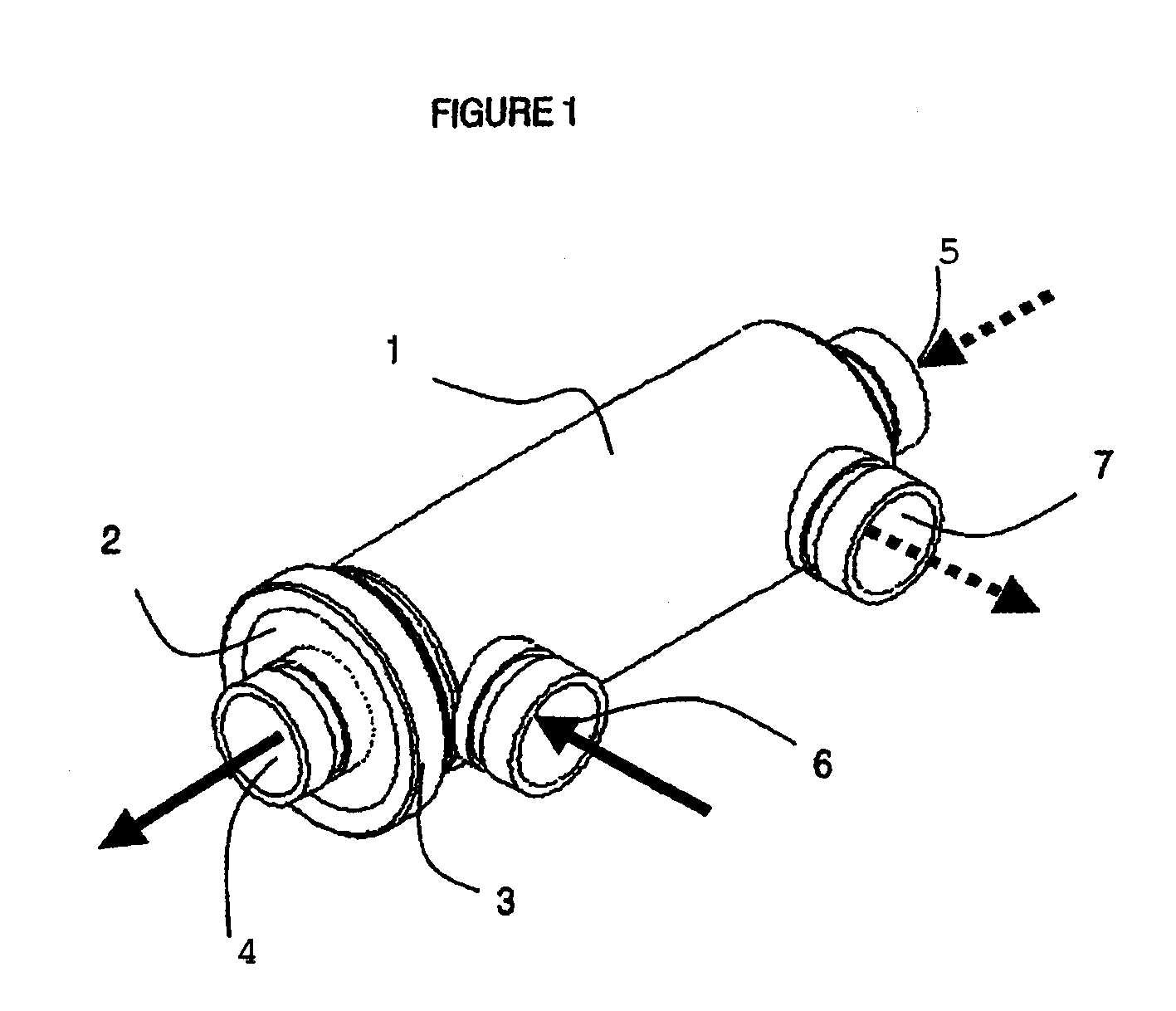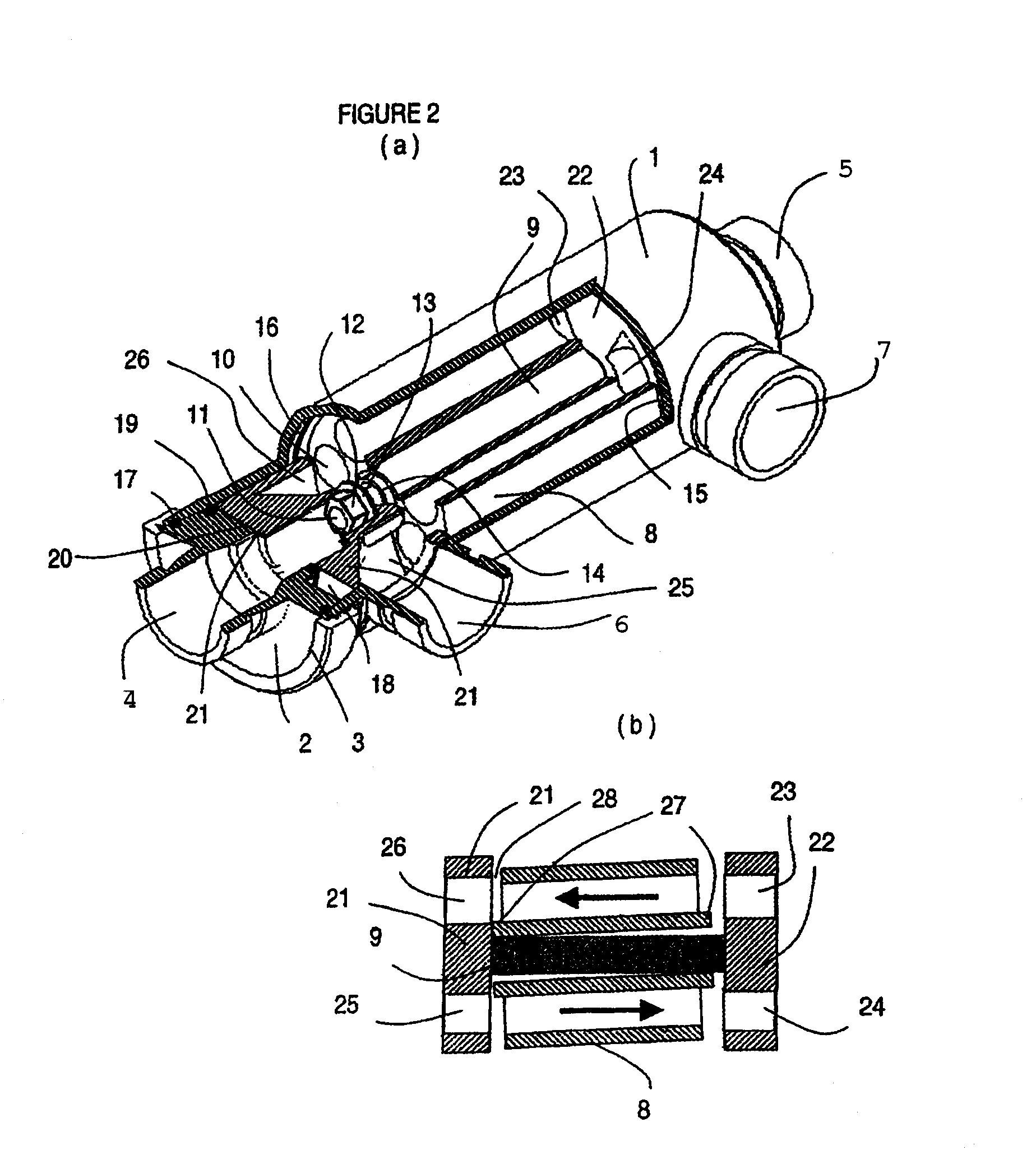Pressure exchanger
a technology of pressure exchanger and pressure exchanger, which is applied in the direction of combination engines, machines/engines, liquid fuel engines, etc., can solve the problems of limiting the unit flow capacity of the unit, affecting the flow rate of the unit, and requiring extreme and costly tolerances in the manufacturing of certain parts, so as to improve the flow rate and reduce the risk of cavitation. , the effect of increasing the flow capacity
- Summary
- Abstract
- Description
- Claims
- Application Information
AI Technical Summary
Benefits of technology
Problems solved by technology
Method used
Image
Examples
Embodiment Construction
[0024]The following description is intended to convey a thorough understanding of the embodiments described by providing a number of specific embodiments and details involving an improved pressure exchanger for transferring pressure energy from one fluid flow to another. It should be appreciated, however, that the present invention is not limited to these specific embodiments and details, which are exemplary only. It is further understood that one possessing ordinary skill in the art, in light of known systems and methods, would appreciate the use of the invention for its intended purposes and benefits in any number of alternative embodiments, depending upon specific design and other needs.
[0025]Referring now to FIG. 1, an external embodiment of a pressure exchanger according to at least one embodiment of the invention is illustrated. The pressure exchanger depicted in FIG. 1 comprises a pressure vessel 1 with a removable end cap or end cover 2 having a low-pressure fluid outlet 4 a...
PUM
 Login to View More
Login to View More Abstract
Description
Claims
Application Information
 Login to View More
Login to View More - R&D
- Intellectual Property
- Life Sciences
- Materials
- Tech Scout
- Unparalleled Data Quality
- Higher Quality Content
- 60% Fewer Hallucinations
Browse by: Latest US Patents, China's latest patents, Technical Efficacy Thesaurus, Application Domain, Technology Topic, Popular Technical Reports.
© 2025 PatSnap. All rights reserved.Legal|Privacy policy|Modern Slavery Act Transparency Statement|Sitemap|About US| Contact US: help@patsnap.com



